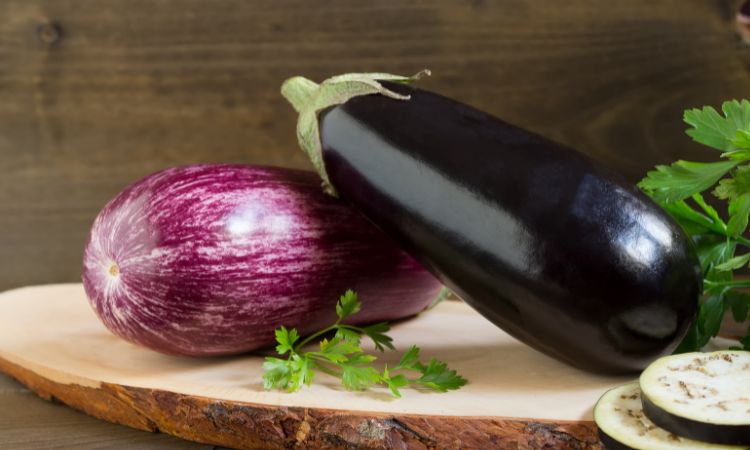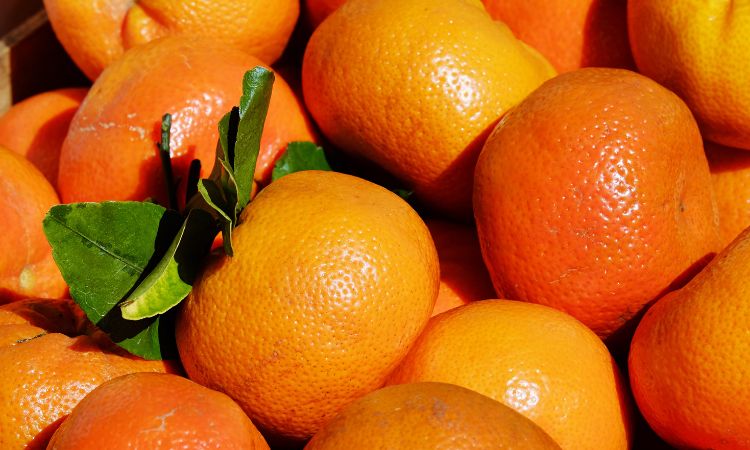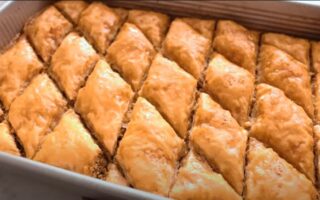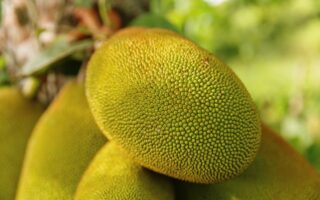Man-made vegetables have become increasingly prevalent in today’s agricultural landscape. These vegetables are the result of human intervention and technological advancements, aimed at enhancing their characteristics and meeting various needs.
In this article, we will explore what man-made vegetables are, how they differ from genetically modified organisms (GMOs), and the pros and cons of consuming them. We will also provide examples of popular man-made vegetables and discuss their nutritional value.
What are Man-Made Vegetables?

Man-made vegetables are those that have been intentionally modified or developed by humans to exhibit specific traits or characteristics. Through various techniques such as selective breeding, hybridization, and tissue culture, plant breeders and scientists have created new vegetable varieties with desirable traits, including improved taste, texture, color, size, and disease resistance.
Unlike GMOs, which involve genetic manipulation at the DNA level, man-made vegetables rely on traditional breeding methods and technological advancements.
The Difference Between Man-Made and GMO Vegetables:
Genetically modified organisms (GMOs) involve the direct manipulation of an organism’s DNA to introduce specific traits. In contrast, man-made vegetables are created through traditional breeding techniques or other non-GMO methods.
Man-made vegetables are the result of cross-breeding different varieties or manipulating plant genetics without introducing foreign genetic material.
Pros of Eating Man-Made Vegetables:
- a. Increased Availability and Variety: Man-made vegetables contribute to a broader range of vegetable options, making it easier for consumers to find specific characteristics they desire.
- b. Enhanced Nutritional Content and Desired Traits: Man-made vegetables often have improved nutritional profiles, such as higher vitamin content or increased antioxidant levels. They may also possess traits like improved taste, texture, and shelf life.
- c. Potential for Reduced Pesticide Use and Environmental Impact: Man-made vegetables can be bred to exhibit natural resistance to pests and diseases, reducing the need for chemical pesticides and benefiting the environment.
Cons of Eating Man-Made Vegetables:
- a. Health Risks and Unknown Long-Term Effects: Some individuals express concerns about the potential health risks associated with consuming man-made vegetables. While rigorous safety assessments are conducted, long-term effects may still be unknown.
- b. Loss of Natural Diversity: Man-made vegetables may lead to a decrease in natural diversity as certain traditional varieties are replaced or less commonly cultivated.
- c. Ethical Considerations: The manipulation of plant genetics raises ethical questions for some, as it involves altering the natural genetic makeup of organisms.
14 Man-Made Vegetables and Fruits:
Carrots:

Carrots are a prime example of man-made vegetables. Over centuries of selective breeding, carrots have been transformed from their original wild form into the familiar orange root vegetable we know today. Carrots have been bred to develop different colors, including orange, purple, yellow, and white. This extensive breeding has also resulted in variations in shape, size, and sweetness. Additionally, there are specialty varieties like baby carrots or heirloom carrots with unique characteristics and flavors.
Cabbage:

Cabbage is another vegetable that has undergone selective breeding to produce a variety of distinct cultivars. Through careful selection and cross-breeding, different cabbage varieties have been developed, such as red cabbage, Napa cabbage, and Savoy cabbage. These variations offer diverse flavors, textures, and appearances, allowing for culinary versatility and creative dish preparations.
Broccoli:

Broccoli is a man-made vegetable derived from selective breeding of wild cabbage. It is the result of breeding for specific traits, primarily focusing on the development of a dense cluster of green florets on a thick, edible stem. Through selective breeding, broccoli has been optimized for its appealing taste, texture, and nutritional value.
Bananas:

The bananas we consume today are quite different from their wild ancestors. Through extensive selective breeding, bananas have been transformed into the seedless, sweet, and highly desirable fruit we enjoy. The domestication of bananas involved selecting and propagating plants that exhibited desirable characteristics such as larger fruit, reduced seeds, and improved flavor. This breeding has resulted in the popular varieties of bananas available in stores.
Watermelon:

Watermelons have been selectively bred over generations to enhance their sweetness, juiciness, and size. Through cross-pollination and careful selection, breeders have developed varieties with vibrant red or yellow flesh, crisp texture, and a high sugar content. Furthermore, seedless watermelons have been created through hybridization, offering convenience and ease of consumption.
Eggplants:

Eggplants have undergone significant breeding to produce various types and colors. Selective breeding has resulted in the development of eggplants with different shapes, sizes, colors, and even textures. Common varieties include the traditional large purple eggplant, slender Asian varieties, and small round eggplants. Each variation offers distinct flavors and culinary possibilities.
Apples:

Apples have a long history of selective breeding and cultivation. Over time, numerous apple varieties have been created to meet specific preferences and purposes. Different apple cultivars vary in color, texture, sweetness, and tartness. From classic red and green varieties to unique heirloom types, there is a wide range of apples available for consumption.
Oranges:

Oranges have also undergone selective breeding to improve their taste, juiciness, and ease of peeling. Varieties like navel oranges, Valencia oranges, and blood oranges are examples of man-made fruits that have been developed through careful breeding techniques.
Tomatoes:

Tomatoes have been extensively bred to create diverse varieties. Selective breeding has resulted in tomatoes with varying sizes, shapes, colors (such as red, yellow, orange, or striped), and flavors. There are cherry tomatoes, beefsteak tomatoes, roma tomatoes, and heirloom tomatoes, each with its own distinctive characteristics.
Peanuts:

Peanuts have been cultivated and bred to develop desirable traits such as larger kernels, higher yields, and disease resistance. Through selective breeding, different peanut cultivars have been developed to meet agricultural and consumer demands.
Cauliflower:

Cauliflower is a man-made vegetable created through selective breeding. It is derived from wild cabbage and has been bred to produce a compact head with a white or colored curd. Varieties like purple cauliflower or romanesco cauliflower showcase the diversity achieved through breeding efforts.
Grapefruit:

Grapefruits are a result of cross-breeding between sweet oranges and pomelos. Through selective breeding, different varieties of grapefruits have been developed, varying in sweetness, color, and acidity. Some popular types include Ruby Red, Pink, and White grapefruits.
Strawberries:

Selective breeding has played a significant role in the development of strawberries. Breeders have created numerous cultivars with varying sizes, shapes, colors, and flavors. This has resulted in strawberries that are larger, juicier, and more resistant to diseases than their wild counterparts.
Tangerine:

Tangerines are a man-made citrus fruit resulting from the cross-breeding of mandarins and other citrus varieties. This breeding has led to the development of tangerines with distinct flavors, ease of peeling, and seedlessness.
These examples highlight the diverse range of man-made vegetables and fruits available today. Through selective breeding and careful cultivation, agricultural experts have brought forth an array of options with improved characteristics, flavors, and culinary potential.
Are Man-Made Vegetables Good for You?
The nutritional value of man-made vegetables varies depending on the specific traits bred into them. While they can offer enhanced nutritional content and other desirable characteristics, it is important to consider individual dietary needs and preferences. A well-balanced diet that includes a variety of vegetables, both man-made and traditional, remains key for optimal health.
Conclusion:
Man-made vegetables play a significant role in modern agriculture, offering a wide range of options with improved traits and characteristics. Understanding the differences between man-made and GMO vegetables is crucial in making informed choices.
While man-made vegetables provide advantages such as increased availability, enhanced nutrition, and reduced pesticide use, it is important to acknowledge potential risks and ethical considerations. By considering personal values, nutritional needs, and environmental impact, individuals can make choices that align with their preferences and promote overall well-being.



